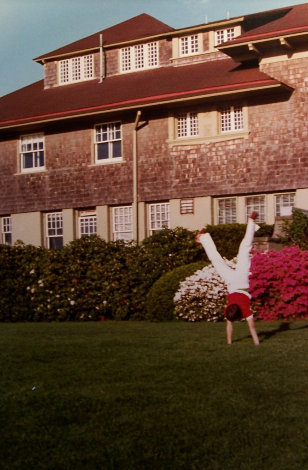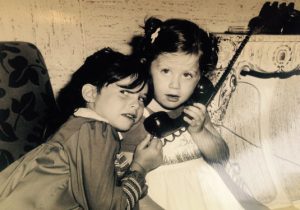
Today is the second day of CL Bledsoe’s virtual book tour celebrating Man of Clay, a novel with elements of magical realism and a dash of steampunk. This funny, engaging story redefines what Southern Literature is capable of being. Man of Clay can be pre-ordered today!
EXCERPT FROM MAN OF CLAY:
I [1] had recovered [2] nearly completely by the time Master John again decided to test his flying heated air sack. It was a massive thing. The sack itself was woven of the colors of the Arkansas flag. Master John had learned through trial and error that the sack needed to be closed at the top to contain the air, in order to fully capture the lifting pressure as the hot air rose. At the base of the balloon, a sort of modified lamp sat, which, when lit, shot a two-foot high tongue of flame up into the sack, heating the air. The basket was wicker, connected with thin ropes. The basket was lined with samples of plant life and various goods he intended to trade with the Andean [3] population. Because of the weight of these things, and of the two intended passengers, the amount of heated air needed was tremendous, necessitating the air sack to be massive. It towered, higher than four or even five men standing atop each other’s shoulders. It was, likewise, the width of greater than two men with arms outstretched. The bulk of the weight came from the oil needed to maintain the flame, until Master John devised a solution to this problem. It is well known that certain naturally occurring gases are quite flammable, and Master John had managed to capture a great quantity of this gas in thickly woven bags—woven so tightly that the gas could not escape. It was this gas which fueled the flame which created the buoyancy necessary for this trip.
For his test, Master John intended to pilot the contraption with Othello [4] along to simulate the weight of Zeno [5]. All of the slaves gathered, dismissed from their tasks for the occasion. Master John and Othello climbed into the basket, which was kept down with great lead weights. The ropes connecting these were loosened, though several longer ropes were still connected, the gas was set aflame, and the air sack began to rise. The slaves ‘oood’ and ‘ahhd,’ though the basket itself rose only a few inches at first. As the flame increased, and the heat of the air grew, the basket rose, higher and higher, until a man could walk between it and the ground, which one of Mr. Winfrey’s sons [6] did. The slaves applauded this, but Master John wasn’t finished. He increased the flame, and the balloon rose higher and higher, until it was as though he and Othello were atop a great mountain. Clara Bell [7] cried out in concern, but Master John continued to raise the heated air sack. Continue reading →
![[PANK]](https://pankmagazine.com/wp-content/themes/pank/assets/images/pank-logo-large.png)



